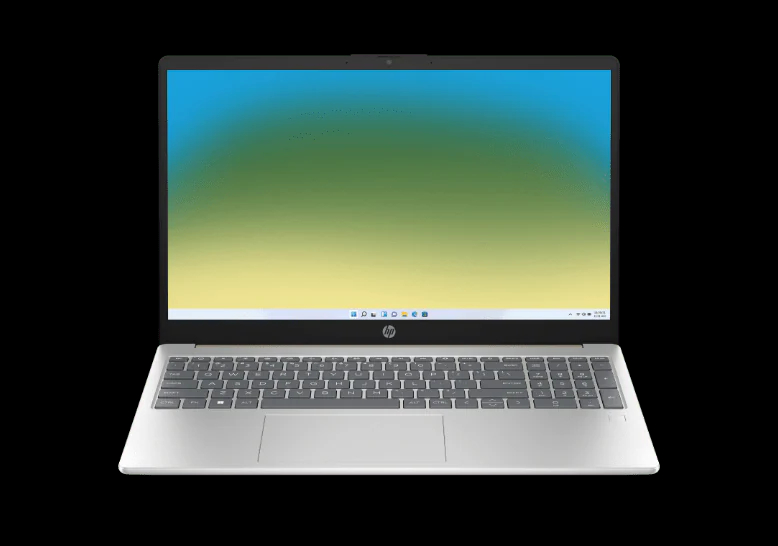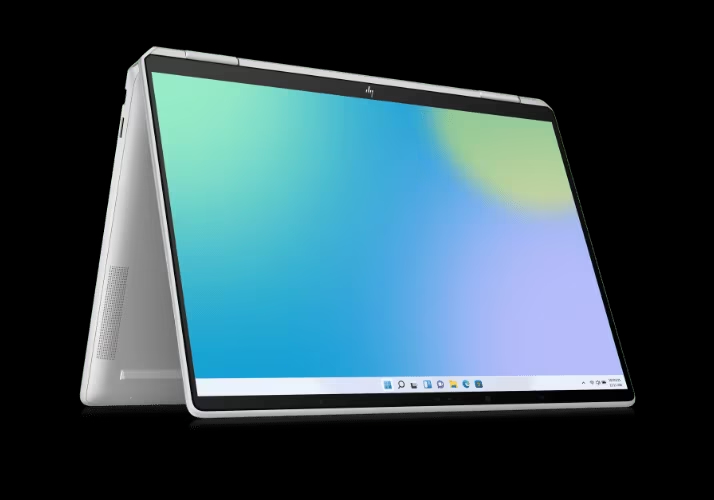HP (Hewlett-Packard) is a household name in the computer industry, renowned for its wide range of laptops that cater to various user needs—from everyday use to high-end gaming and professional workstations. As a global brand, HP sources components from various countries and has manufacturing facilities around the world. Consumers often wonder where their laptops are made, as this can have implications for quality, support, and ethical considerations. This article explores the intricate network of HP’s manufacturing locations, providing insight into the global nature of today’s technology production.
Mapping HP’s Global Production Network
HP’s Supply Chain and Assembly Lines
HP laptops are the result of a globalized supply chain, with parts sourced from multiple countries. Key components such as processors are typically produced by companies like Intel or AMD, while other internal parts may come from different regions, including Asia, Europe, and North America. Final assembly of HP laptops is usually carried out in larger manufacturing hubs, which have the infrastructure to handle mass production efficiently. Information from HP’s corporate disclosures, third-party supply chain analysis, or investigative reporting can reveal these hubs’ locations.
Diversification of Manufacturing Sites
In response to geopolitical shifts, trade policies, and economic factors, HP has diversified its manufacturing sites. This helps the company mitigate risks, such as those associated with tariffs or supply chain disruptions. HP has established significant manufacturing presences in countries like China, the Philippines, and Thailand, and also maintains facilities in other parts of the world. The exact location where an HP laptop is made can depend on the specific model and the target market it’s intended for.

Quality Standards Across Borders
Ensuring Consistency in Manufacturing
Like many multinational corporations, HP ensures that their laptops meet the same quality standards regardless of production location by maintaining strict quality control processes, training staff, and regularly auditing manufacturing facilities. Consumers interested in the quality of their HP laptops can look into the company’s quality assurance practices and the certifications that its factories have received, such as ISO standards.
Local Regulations and International Compliance
Each country where HP operates has its own set of regulations regarding manufacturing, labor laws, and environmental standards. HP must comply with these local regulations while also adhering to international norms and corporate ethics policies.HP ensures dual compliance so that its laptops conform to a set of standards upholding workers’ rights and environmental protection, regardless of the production location.Details on HP’s compliance and corporate social responsibility initiatives are often available in the company’s sustainability reports.

The Role of Outsourcing in Laptop Production
Partnering with Original Design Manufacturers (ODMs)
HP, like many tech companies, often partners with Original Design Manufacturers (ODMs) to produce their laptops. These ODMs specialize in designing and manufacturing electronic products and can rapidly scale production to meet HP’s demands. The relationship with ODMs allows HP to leverage expertise in manufacturing processes and reduce costs. Identifying which ODMs HP partners with can provide consumers with additional insights into the manufacturing ecosystem behind their laptops.
Impact of Outsourcing on Supply and Demand
Outsourcing production to ODMs enables HP to be more agile in responding to market demands. HP is not tied to a single manufacturing facility. This allows the company to adjust its orders based on global demand trends. Consequently, HP can reduce lead times for new products. This flexibility is a key factor. It contributes to HP’s ability to offer a wide range of laptop models. It also helps HP keep up with the rapid pace of technological advancements.

Consumer Awareness and Brand Transparency
Tracing the Origin of Your HP Laptop
For those interested in the exact origin of their HP laptop, serial numbers and product labels can often provide clues. Those wishing to learn more about the production location of their device can also utilize HP’s customer service as a resource. In an age where consumers are becoming more conscious of the products they buy, HP provides information on their supply chain practices and manufacturing locations on their website and in corporate responsibility reports.
Advocating for Transparency and Ethical Manufacturing
As consumers become more ethically aware, there’s an increasing demand for transparency in the manufacturing process. Recognizing this, HP has taken steps to provide more information about their operations. By advocating for ethical manufacturing, consumers can influence HP and other tech companies to prioritize fair labor practices and environmental sustainability. Engaging with HP through their social responsibility channels and participating in consumer surveys can help voice the need for continued transparency and ethical considerations in the production of laptops.

Tailoring Production to Regional Markets
HP’s strategy in placing manufacturing facilities across different continents is not solely based on cost-efficiency or logistical factors; it also reflects a nuanced understanding of regional markets. Producing laptops closer to the end consumer allows HP to tailor features and design elements to meet specific local preferences and regulatory requirements. It can also result in quicker delivery times and lower shipping costs, which is advantageous both for the company and consumers. For tech enthusiasts and potential buyers, this means that the version of an HP laptop purchased in Asia might have slight variations compared to one bought in Europe or North America. Such regional adaptations are part of HP’s commitment to addressing the diverse needs of its global customer base.
Sustainability and Future-Oriented Production
As sustainability becomes a more pressing concern, HP is increasingly focusing on producing its laptops with consideration for environmental impact. This includes efforts to reduce carbon emissions within its manufacturing processes, to utilize more recycled materials, and to ensure that devices are more energy-efficient and easier to recycle at the end of their lifecycle. These initiatives reflect a forward-thinking approach that aligns with a growing consumer demand for products that do not just perform well but are also environmentally responsible. For the eco-conscious consumer, HP’s progress in this area could be a deciding factor in their choice of laptop brand. Moreover, HP’s commitment to sustainability positions the company as a leader, potentially setting a standard for tech manufacturers to adhere to even stricter environmental regulations in the future.

Highlighting the complex and international nature of modern manufacturing raises the question of where are HP laptops made. HP is a global corporation. It operates a dispersed network of production sites. The company collaborates with Original Design Manufacturers (ODMs) to produce a wide array of laptops. HP laptops may originate from various corners of the world. Despite this, HP’s commitment to maintaining consistent quality standards across all locations remains a cornerstone of their brand.Understanding the global manufacturing landscape satisfies consumer curiosity. It encourages informed purchasing decisions. It also pushes towards greater corporate responsibility. Consumers can appreciate the intricate process behind the technology they use daily by understanding the production journey of HP laptops. They can also advocate for a future where ethical and sustainable manufacturing becomes the norm.